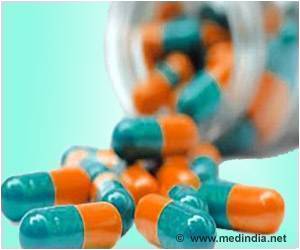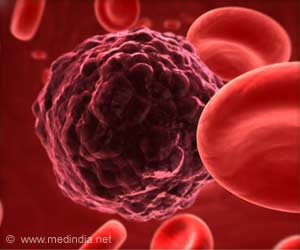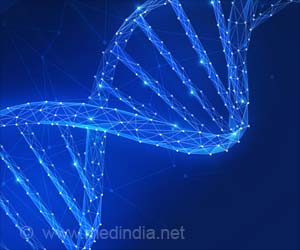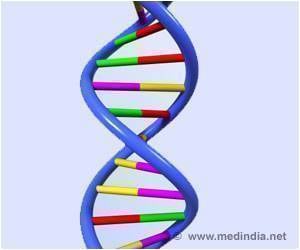New study has discovered how a primary genetic risk factor for Alzheimer's disease causes the disease.
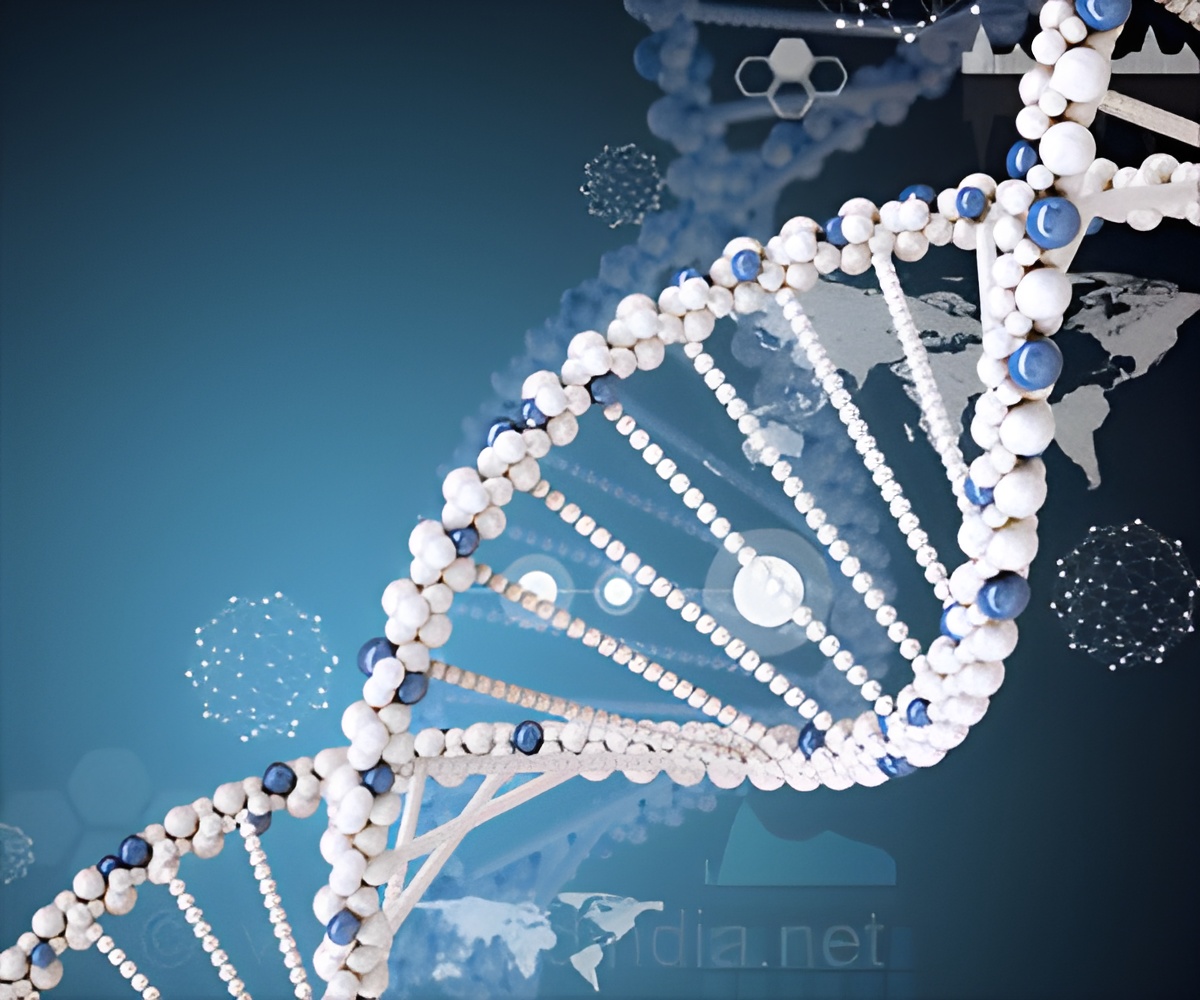
‘Having one copy of the apoE4 gene more than doubles a person's likelihood of developing Alzheimer's and having two copies of the gene increases the risk 12-fold.’





However, scientists have been unclear about why apoE4 is so much more damaging to brain cells than other versions of the protein. In the study, published in Nature Medicine, the team for the first time used human brain cells to model the disease and test new drugs instead of the mouse models.
The results from the Gladstone Institutes -- a US-based non-profit -- confirmed that in human neurons, the misshapen apoE4 protein cannot function properly and is broken down into disease-causing fragments in the cells.
This process results in a number of problems commonly found in Alzheimer's disease, including the accumulation of the protein tau and of amyloid peptides.
While the presence of apoE4 does not change the production of amyloid beta in mouse neurons, in human cells apoE4 was found to have a very clear effect on increasing amyloid beta production.
Advertisement
Further, the researchers examined brain cells that did not produce either form of the apoE protein to check how does the presence of apoE4 lead to cell damage.
Advertisement
This discovery indicates that the presence of apoE4 -- and not the absence of apoE3 -- promotes the disease.
In addition, the researchers were able to erase the damage caused by apoE4 by changing it, with a small molecule, into a harmless apoE3-like version.
It restored normal function to the cells, and improved cell survival.
Source-IANS


